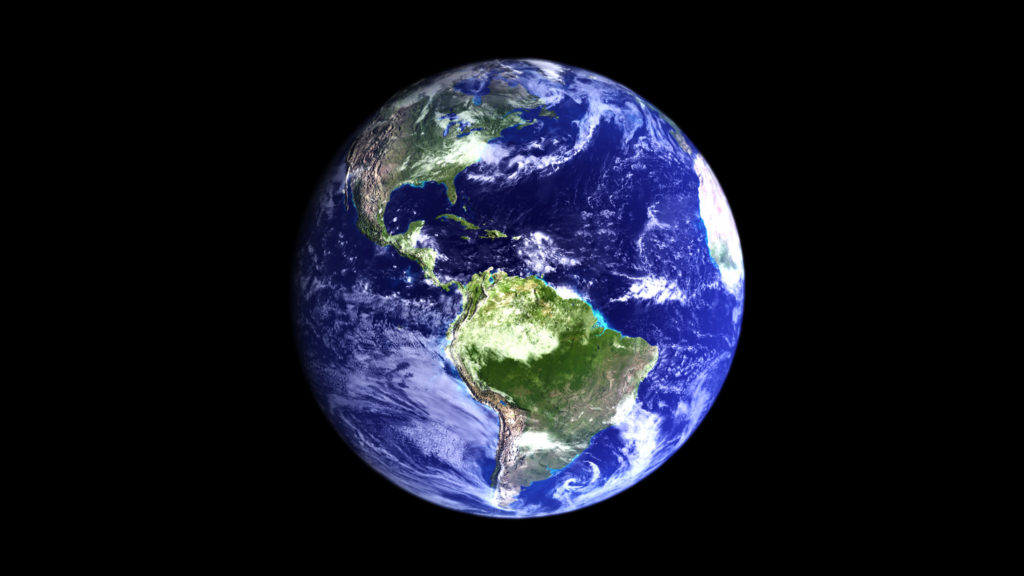
Plants and animals have evolved over time to live in specific environmental niches. As the climate warms, parts of the ranges in which they live may no longer offer the conditions under which they can thrive. Species can respond to these changes in three ways: they can adapt to new conditions by undergoing niche shifts; they can relocate to better conditions, such as by moving to higher elevations or latitudes; or they can locally go extinct.
A new study published in the journal PLOS-Biology surveyed 976 species living in a wide variety of climate zones and habitats. What they found was that 450 species, or 47% of those surveyed, had suffered local extinctions. The data was assembled from the results of 27 separate studies that monitored range shifts in species and had tied results to the changing climate with explicit statistical analyses.
These extinctions occurred across all climate zones, habitats, and groups of organisms, but are especially common in tropical regions, in animals (as compared with plants), and in freshwater habitats. These results indicate that even the relatively modest changes in climate that have occurred to date are enough to drive local populations of many species to extinction. It appears as if many local populations in many species cannot shift their climatic niches rapidly enough to prevent extinction. This pattern of widespread local extinction appears likely to become even more prevalent as the global climate warms further over the next several decades.
This latest study is just another example of how delicate the balance is in the world’s ecosystems. It simply doesn’t take all that much to cause drastic changes in the natural world.
**********
Web Links
Climate-Related Local Extinctions Are Already Widespread among Plant and Animal Species
Photo, posted March 4, 2015, courtesy of Kevin Gill via Flickr.
‘Widespread Local Extinctions’ from Earth Wise is a production of WAMC Northeast Public Radio.